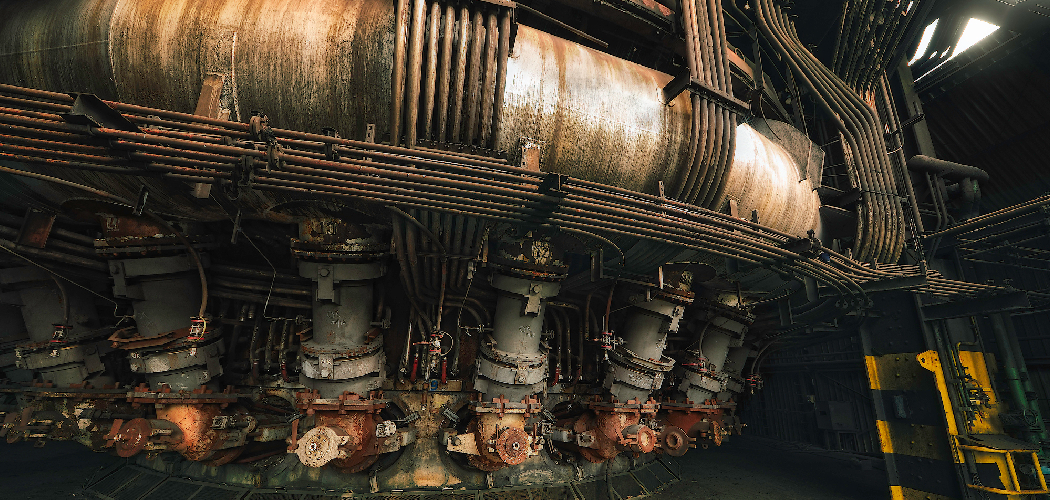If your home’s furnace is no longer keeping you warm like it used to, it could be time to check the airflow. Many times, furnaces just need a quick adjustment and boost in airflow to get back up and running efficiently again. Checking furnace airflow isn’t difficult, and with the right equipment and techniques, you can get the job done yourself in no time!
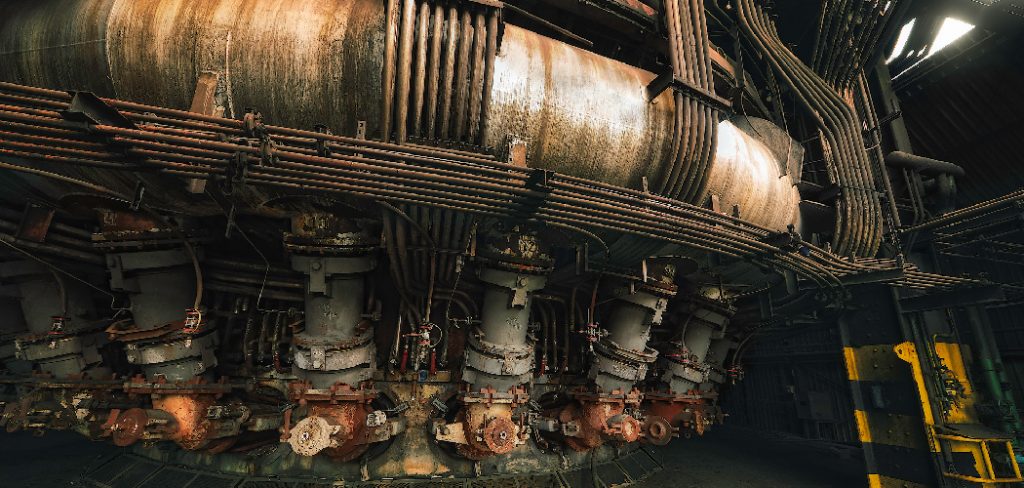
Checking your furnace’s airflow is an important maintenance step that should be taken yearly to ensure that your furnace lasts as long as possible. It’s also a good idea to check for airflow if you notice any changes in performance, such as a decrease in temperature or a lack of air pressure. In this blog post, we will learn how to check furnace air flow. So let’s get started.
Why is It Important to Check Furnace Air Flow?
1. To Ensure Optimal Heating
Poor airflow in your furnace can lead to uneven heating, making it difficult to maintain a comfortable temperature in your home. This will help you avoid hot and cold spots in your home, as well as potential damage to the furnace.
2. To Prevent Unnecessary Wear and Tear
If you don’t check your furnace airflow regularly, it can cause unnecessary wear and tear on the system, leading to more frequent repair visits or even premature replacement of components. Checking for proper airflow regularly can help prevent this.
3. To Save Money on Your Energy Bill
Poor furnace air flow can cause your system to work harder to heat your home, leading to higher energy bills as the system runs longer and at higher speeds. Checking for good air flow helps ensure that you’re getting the maximum efficiency from your system, which can help you save money on your energy bills.
4. To Ensure System Efficiency
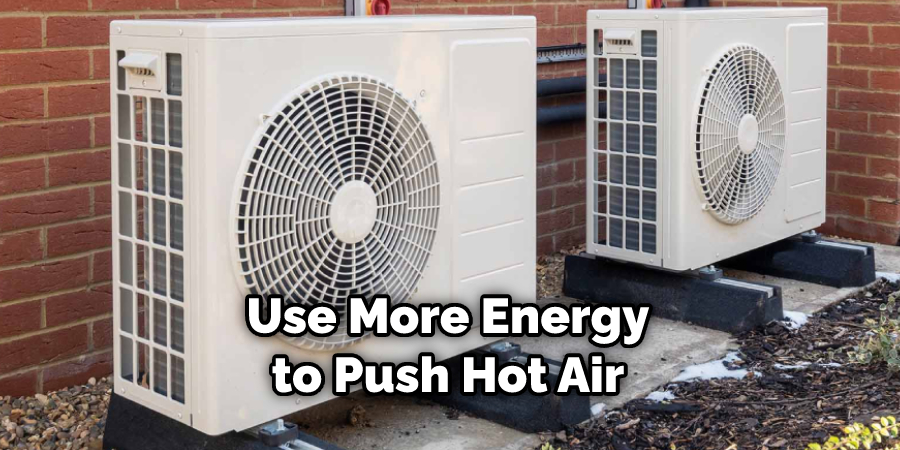
If the air flow is restricted, the system has to work harder and use more energy to push hot air through your ducts. Also, if the air filter hasn’t been changed regularly, the air flow can be further restricted by dirt and debris. Checking for good air flow will help ensure that your system is running efficiently.
Checking furnace airflow is an important part of maintaining the health and efficiency of your home’s heating system. By regularly checking for proper airflow you can ensure optimal heating, prevent unnecessary wear and tear, and save money on your energy bill.
How to Check Furnace Air Flow in 5 Easy Steps
Step 1: Inspect the Furnace Filter
The very first step is to inspect the furnace filter to ensure it is clean and in good condition. Dirty filters can restrict airflow and cause the furnace to run inefficiently or not at all. Also, make sure the filter is securely in place.
Step 2: Look for Signs of Blockage
Inspect all air ducts, including intake vents and return registers. Make sure they are free from debris, dust, and other obstructions that can block airflow. Check to see if the flue vent is clear too. So do it carefully.
Step 3: Measure Airflow
Next, measure the air pressure in the ducts to determine how much airflow is moving through them. Use a manometer for this task as it will give you an accurate reading. Also make sure the fan is running during this process.
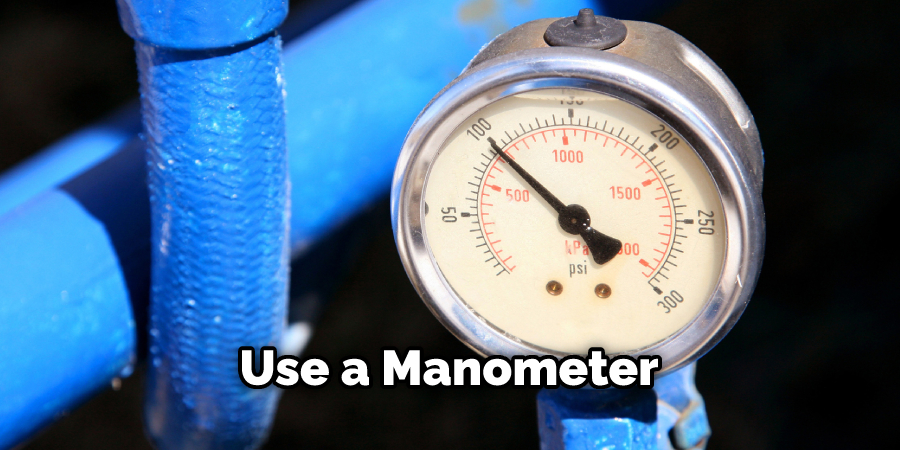
Step 4: Listen for Unusual Noises
Listen closely to your furnace and check for signs of airflow blockage or other issues. If you hear strange noises or rattling, this could be a sign that there is an obstruction in the system.
Step 5: Test Using a Blower Door System
Finally, use a blower door system to test for air leaks and other issues that may be causing poor airflow. This testing tool can help you pinpoint any problem areas and how best to address them.
Follow these simple steps to check the airflow of your furnace and keep it running smoothly. Regular maintenance can help ensure that your system is operating at peak efficiency and delivering the best possible air quality in your home.
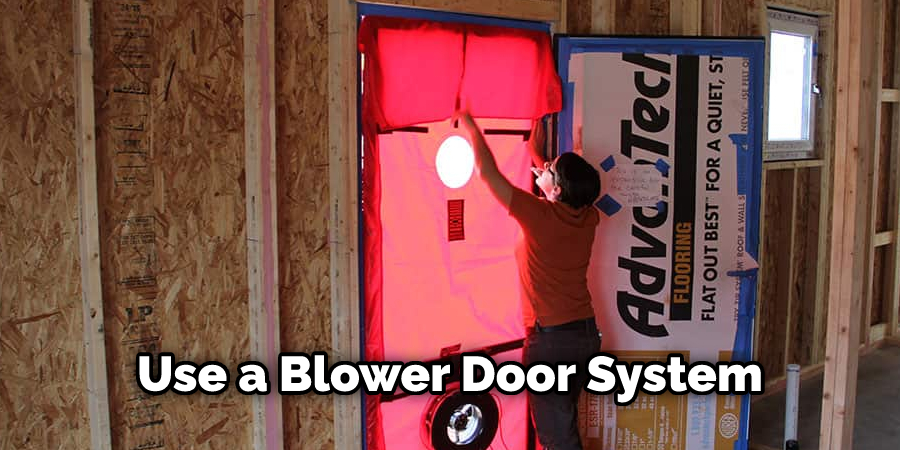
Some Additional Tips to Check Furnace Air Flow
1. Do Not Block the Air Vents
Ensure that no furniture, curtains or other items are blocking the air vents. Blocked vents will reduce the amount of air coming through and can increase energy consumption as well as lower your comfort level.
2. Replace Filters Regularly
Dirty filters restrict airflow so it is important to check and replace filters every month during the heating season. If you have a permanent filter, it should be cleaned every month and replaced at least once a year.
3. Check for Leaks
Leaking ducts can reduce the amount of air coming through your furnace and increase energy consumption. Inspect the ducts for any cracks or gaps that need to be sealed. Also inspect the connections between the ducts and the furnace, as well as any other areas that may be leaking air.
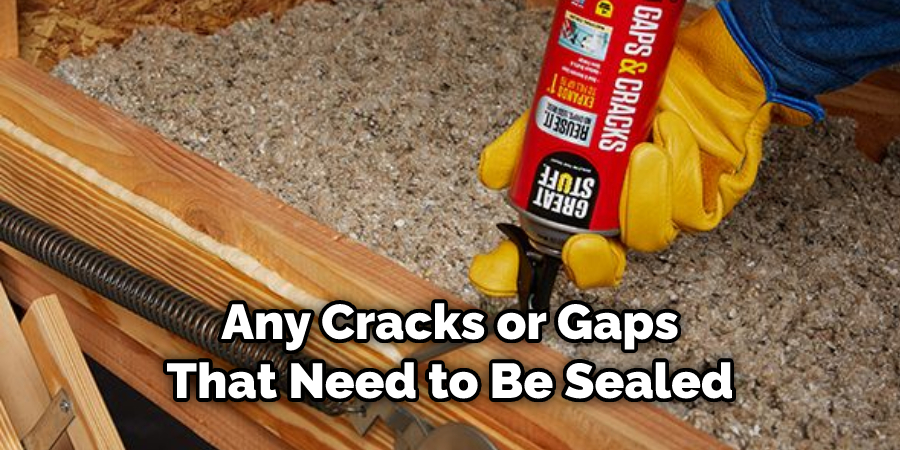
4. Check Duct Insulation
Insufficient insulation can lead to temperature variations or drafts near outlets or vents. Make sure your ducts are properly insulated with a good material to ensure optimal airflow and energy efficiency.
5. Test the Furnace Fans
The furnace should have two fans—the blower fan and the exhaust fan. The blower fan is responsible for pushing air through your home’s ducts, while the exhaust fan eliminates any gasses produced when the furnace is running. Testing these fans will help determine if they are working properly and providing adequate airflow.
6. Schedule a Professional Inspection
If your furnace is still not providing enough air, it may be a sign of an underlying issue that needs to be addressed by an HVAC professional. Scheduling regular maintenance and inspections will help you identify any potential problems early and ensure that your system is working as efficiently as possible.
By following these tips, you can make sure that your furnace is providing sufficient airflow and is working at its best. Doing so will help keep your home comfortable and energy costs down in the long run. By keeping a regular maintenance schedule, checking for leaks or blockages, replacing filters regularly, and testing the furnace fans, you can be sure that your furnace is providing the optimal amount of airflow.
Frequently Asked Questions
What Precautions Should I Take When Checking Furnace Air Flow?
When attempting to check furnace airflow, it is important to take the proper precautions. Make sure that you turn off the furnace before beginning any repair or maintenance work. Additionally, if you are checking for blockages, use a flashlight and gloves to protect your eyes and hands from dust. Finally, never check the airflow near a heat source, as it may cause burns.

What Should I Look For When Checking Furnace Air Flow?
When checking furnace airflow, you should look for any blockages in the system. These can include dust and debris that have built up over time. Additionally, make sure to inspect all of the components of the system, such as filters and vents, to ensure they are clean and functioning properly. Finally, check for any signs of air leaks around the furnace, which may indicate that there is an issue with the system.
How Can I Test My Furnace Air Flow?
If you are looking to test your furnace’s airflow, there are a few methods you can use. One way is to use a manometer, which measures the pressure of the air flowing through the system. Additionally, you can check for adequate airflow by measuring the temperature at various points with an infrared thermometer. Finally, if you don’t have access to either of these tools, you can simply check for any signs of airflow, such as feeling the warmth from the vents.Also, if you hear any strange noises coming from your furnace, this can also be a sign of inadequate airflow.
Are There Any Signs That My Furnace Air Flow Is Low?
If your furnace airflow is low, there are a few signs that can indicate this issue. One sign is hot spots near ducts and vents, which indicates there is not enough airflow to cool them down. Additionally, a decrease in the temperature of your home or uneven temperatures throughout certain rooms may mean that the furnace is not providing enough airflow. Finally, if you hear strange noises coming from the furnace or smells coming from ducts, these can be signs that something is wrong with the airflow in your system.
Can I Fix Low Furnace Air Flow Myself?
In most cases, checking and fixing furnace airflow is something that can be completed by a homeowner. However, if the issue is more complicated or you are unsure of how to proceed, it may be best to contact a professional for help. A technician can inspect the system and provide the necessary repairs in order to get the system back up and running properly.
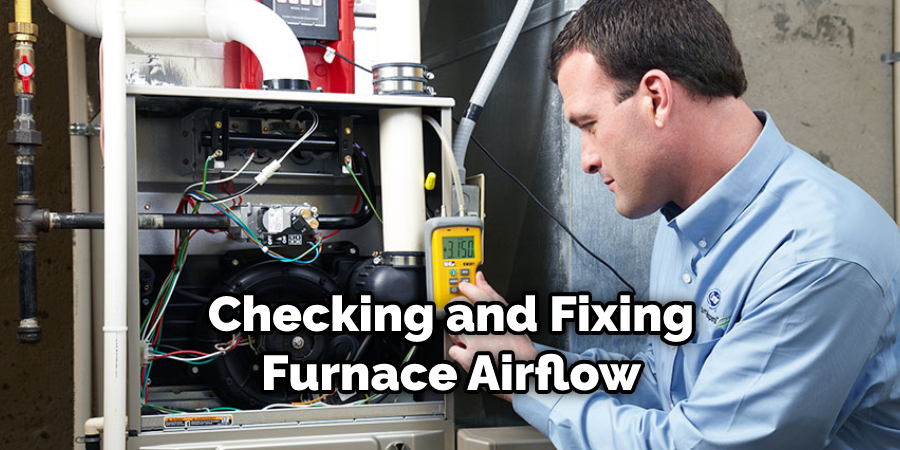
Conclusion
Furnace maintenance is important for keeping your home comfortable and energy efficient. By following these tips on how to check furnace air flow, you can ensure that your furnace is running optimally. Knowing how to check for blocked filters, vents, and ducts can help you prevent the need for costly repairs in the future.
Additionally, regular maintenance will help prolong the life of your system. To ensure that your furnace runs as efficiently as possible and to avoid potential problems, be sure to routinely inspect it for blockages, clean or replace filters, and keep the area around your furnace clear. Following these steps can help maintain the optimal air flow through your furnace, keeping you and your family comfortable all year round.
You can check it out to Convert Gas Water Heater to Electric

